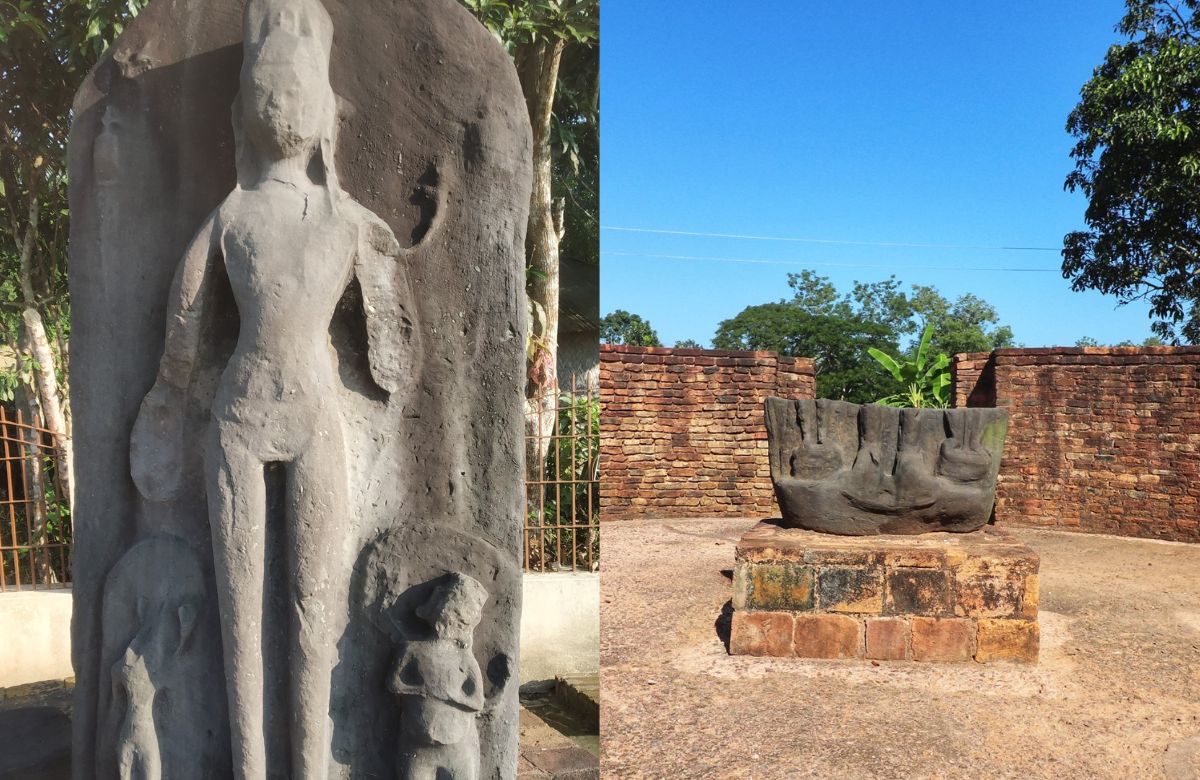With its intricate stone sculptures and awe-inspiring temples, Tripura’s Pilak offers a fascinating glimpse into the times of the ancient civilisation that flourished in the region. Pilak is an archaeological site known for its rich historical and cultural significance. And now, the state government has begun measures to develop an archaeological site in 1000-year-old Pilak. This is part of a historical tourist circuit alongside two other locations.
Tripura’s Ancient Heritage
Visit Tripura and explore many wonders.
Pictures given below is Pilak Archaeological Site located at Jolaibari which is around 100 Km from Agartala. Pilak Tourist Lodge is available for accommodation. pic.twitter.com/FGGyU0c00M
— Tripura Tourism (@TripuraTourism) December 9, 2020
Situated about 100 kilometres south of Agartala, the history of Pilak dates back to the 8th and 9th centuries. Then, this place served as the capital of the Dakshina Kosala kingdom, which was ruled by the Palas.
Presently, this place has become a famous tourist spot in Tripura, visited by people from different parts of the country. According to Hindustan Times, around 200 people visit Pilak.
This tourist circuit begins in Agartala and connects Pilak to Udaipur, a temple town in the northeastern state that is home to Tripureswari Kali temple, one of the 51 Shaktipiths. Udaipur also has the Bhubaneswari Kali temple, which was included in Rabindranath Tagore’s novel “Rajarshi.”
Pilak is also home to several temples. The temples are adorned with intricate carvings, depicting various scenes from Hindu mythology and celestial beings.
Also Read: Tripura Had Its First Forest Food Festival; A Sneak-Peek Into Some Of Their Local Dishes
What’s There In Pilak?
Come & explore the archaeological site #Pilak
Pilak is the confluence of Hinduism & Buddhism.
8 – 9th century terracotta plaques, colossal stone images of Avolokiteshwar, Narasimha, Sun God found during excavation which has been displayed.#DekhoApnaDesh#DestinationNorthEast pic.twitter.com/GMwQoybAbX
— Tripura Tourism (@TripuraTourism) October 9, 2020
One of the most remarkable aspects of Pilak is its collection of stone sculptures. They are spread across different sites within the complex. These sculptures, carved out of sandstone, depict various deities, mythical creatures, and secular figures. The sculptures are characterised by intricate details, delicate carvings, and expressive forms, showcasing the artistic finesse and craftsmanship of the ancient civilisation. The Archaeological Survey of India (ASI) had taken over the site since 1999.
In recent years, Pilak has gained attention as a tourist destination, attracting visitors from within India and abroad. The site offers a unique opportunity to delve into the history of the region and witness the architectural brilliance and artistic legacy of the ancient civilisation that once thrived there. The serene and picturesque surroundings further enhance the charm of Pilak, making it a must-visit destination for history enthusiasts, archaeology lovers, and those seeking a deeper understanding of India’s rich cultural tapestry.
Pilak is a place of immense importance and interest, contributing to the cultural and historical legacy of India. So, when would you be visiting this place?
Cover image credits:
First Published: July 17, 2023 10:58 AM



